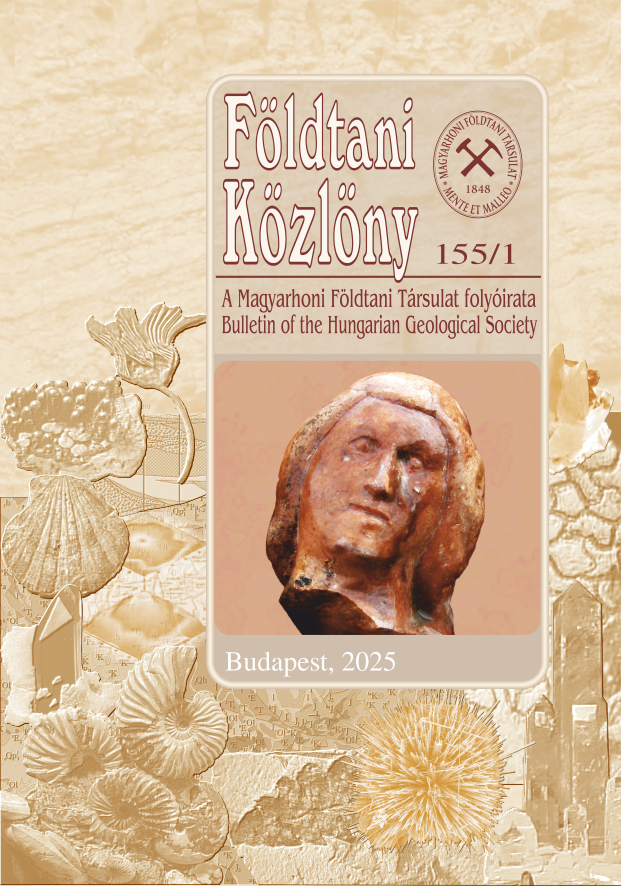Uranium-series dating and geochemical analysis of the travertines located on the Rózsadomb (Budapest)
Abstract
Travertines are ubiquitous formations in the area of Budapest, indicating strong hydrothermal activities during the
Pliocene and Quaternary. They cover former terraces of the Danube River and older geomorphologic horizons; thus they
are important residues for (1) dating the terraces of the Danube, (2) quantifying vertical tectonic movements (i.e.
recalculating the uplift rate or incision rate of the Danube) and (3) reconstructing the relocation and development
(i.e. palaeohydrogeolgy) of palaeokarstsprings.
In the Rózsadomb (Rose Hill) region of Budapest more than a hundred caves and traces of cave-like formations are
known and travertines are also frequently found. The cave deposits have been dated extensively, but up to now no
radiometric dating has been performed on the travertines. The absence of any reliable dating of the travertine deposits has
hindered research on the Danube terrace, as well as palaeoclimatic studies of these deposits. Moreover, the approaches to
dating that have been applied so far have focused on the elevation of the deposits above sea level; these have resulted in
incorrect age determinations.
This article provides details about a complex, sedimentological and stable isotope geochemical study, and also the
results of uranium-series dating of, altogether, eleven travertine occurrences located on the Rózsadomb (Törökvész út,
Törökvész lejtő, Lepke köz, Detrekő u., Fillér u., Bimbó út, Barsi u., Bogár u., Szemlő-hegy, Szőlészeti Kutatóintézet,
Apostol u.). The aim of this work was to outline the depositional environments of these occurrences and to determine the
age of their deposition. Based on our observations, spring cones deposited from thermal springs at different temperatures
are characteristic of the area; furthermore, according to our U-Th analyses, travertine deposition proceeded during the
Middle Pleistocene (around 350 ky, BP), between Terminations VI and V. This indicates that travertine deposition was
probably active during the Mindel–Riss interglacial and also during the Riss glacial (when the amount of precipitation
was large enough to provide a water supply for the springs). The data demonstrate that in Hungary, even during glacial
periods, humid intervals could have also occurred; these would have been favourable for the deposition of travertine.
According to our dating analyses, in the area of the Rózsadomb the oldest travertines are located on the highest elevation
asl., while the younger travertines are situated at lower altitudes; this implies gradual, relative decrease in the
palaeokarstwater-level. The uplift rates of the Rózsadomb area calculated from the U-Th age data, and the elevation of the
travertines, ranges between 0.20–0.25 mm/yr











